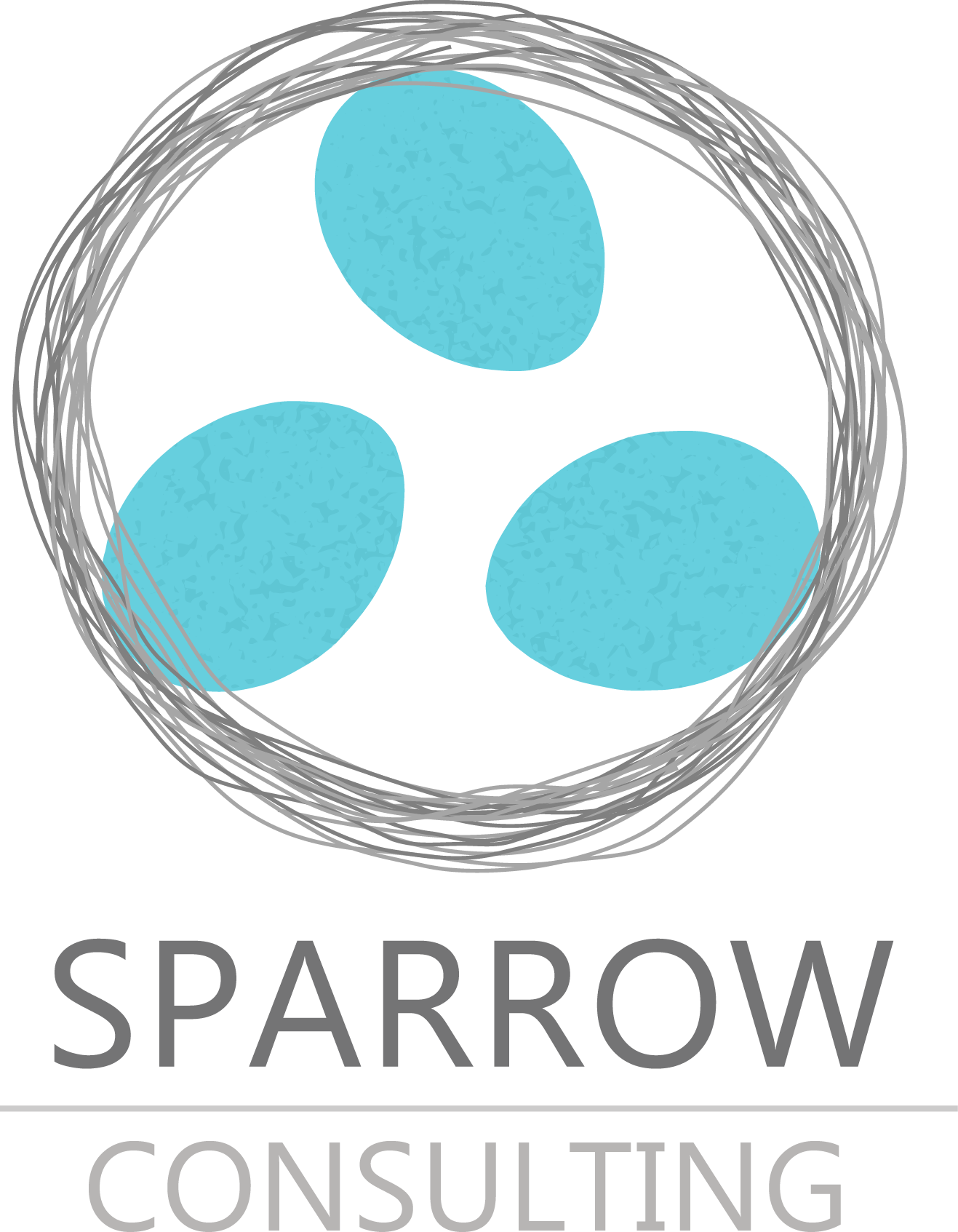With the Introduction of a New Prescription Made From Marijuana, Will it Soon be Reclassified?
During the 1970’s under a lot of political pressure, the DEA classified marijuana as a Schedule I drug. This means the DEA sees marijuana as being on par with other drugs such as heroin, ecstasy, and LSD. This classification says that marijuana is a drug with a very high potential for abuse and that has no medical value. What is still hard for me to comprehend is that cocaine and methamphetamine are Schedule II drugs, one category lower.
What are the implications of this classification?
One implication is that those who are caught with possession of or selling marijuana receive harsh penalties, and a second is that researchers cannot study the drug for either harmful or beneficial effects.
Let's revisit the why’s of this classification. The Controlled Substance Act, signed by Nixon, established the classification of drugs. Five Schedules or classifications were created and there were qualifications for where a substance was placed including the potential for abuse and if there were any medical uses for the substance. The FDA and the DEA now are the agencies that add or remove items from this list, however, Congress still has the ability to add items through legislation. At first, marijuana was temporarily listed as a Schedule I drug by Congress. The Shafer Commission was created to study cannabis abuse and during their first Report to Congress, it was recommended that marijuana is decriminalized when small amounts were in question.
‘The criminal law is too harsh a tool to apply to personal possession even in the effort to discourage use. It implies an overwhelming indictment of the behavior which we believe is not appropriate. The actual and potential harm of use of the drug is not great enough to justify intrusion by the criminal law into private behavior, a step which our society takes only with great reluctance.’ NORML
Why then did the classification of marijuana remain Schedule I when it was a temporary designation? Many citizens and politicians were afraid of what would happen to society if marijuana became legal. Additionally, at the time, many of the people who used marijuana were black or Hispanic. This is a strong indication that keeping marijuana illegal was the result of racism and was a way for the government to keep track of the minorities living in the country. These fears are likely what kept marijuana from being reclassified as a Schedule II or III drug.
Since that time the DEA has been petitioned by different groups to lower the classification of marijuana without success. Today, however, 30 states plus Washington DC have legalized the use of medical marijuana, leading to the question of why the government has not recognized the medical value of marijuana if over half of the states have.
Earlier this year, the FDA approved Epidiolex, a CBD based prescription to treat two rare forms of epilepsy. The prescription is pharmaceutical grade CBD - one of 100 chemicals found in marijuana. Physicians feel that CBD obtained this way is a safer and more consistent product than what could be obtained in a location that sells medical marijuana. The cost of a year’s supply of Epidiolex is estimated to be $32,000, whereas Heather Jackson, CEO of Realm of Caring, a Colorado-based charitable organization, estimates the cost of the typical family using CBD to treat a child to be $1800 per year. The cost difference is staggering.
What does this then mean for the opportunity to legalize or reclassify marijuana? I think it is in a catch 22 at the moment as last year a government-commissioned group said that the lack of scientific information about marijuana and CBD poses a public health risk, and yet because of the classification little research can be done. Before this new drug can be sold CBD needs to be reclassified, and it sounds like only CBD will be reclassified, not marijuana as a whole. This reclassification is likely to occur by the end of September. FDA Commissioner Scott Gottlieb said that the approval of Epidiolex ‘is not an approval of marijuana or all of its components.’ Stephanie Yip, an analyst at Informa Pharma Intelligence, said that ‘Cannabis contains so many different compounds and strains, and the FDA has just approved this singular product through stringent testing and doses and specific concentrations.’
Federally speaking, the use of marijuana is still illegal. The approval of Epidiolex does open the door for other research to be done with marijuana and its different compounds, but how far hasn’t been determined yet. Legalization through legislation might be a quicker option than waiting for more testing to happen, and likely more affordable than allowing the pharmaceutical industry to test and create medications that are only allowed for 1 or 2 different ailments. As with many things, knowledge truly is power - take the time to research the industry and find a way to support legalization.
